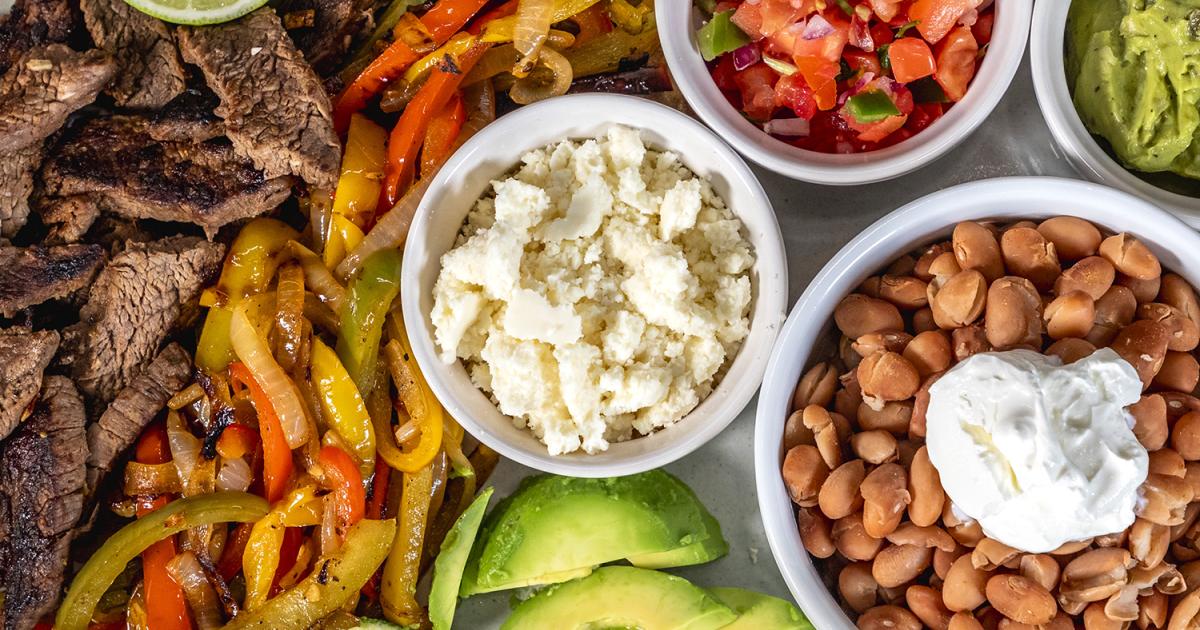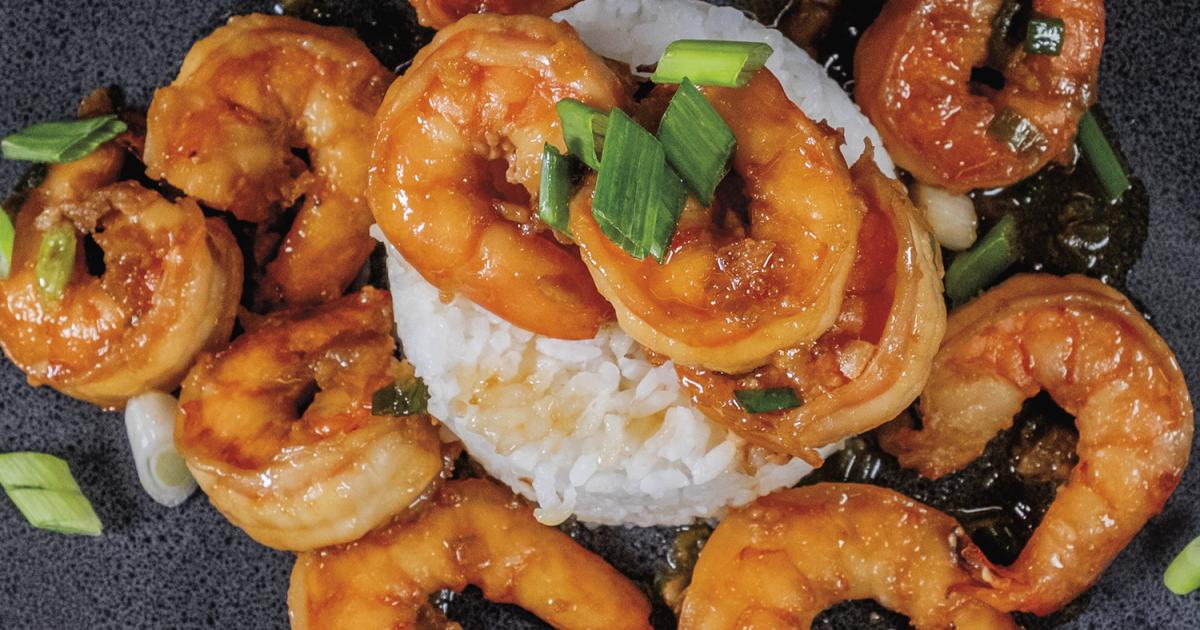“What’s to eat?” our kids would say when they were younger and living at home.
Actually, they still say that when they visit.
When our son was a rapidly growing teenager, he sometimes made multiple trips to open the fridge within 30 minutes.
“The food hasn’t changed since the last time you checked,” I’d say.
When I went to retrieve some food from our basement food pantry, I’d pick up a box of crackers. My hand would fly upwards at no resistance. The box was empty.
Growing kids need healthful food to fuel their growth and provide energy for learning and extracurricular activities. Eating together as a family whenever possible can save money and provide an opportunity to practice communication and negotiation skills. (“Who gets the last meatball?”) You can share stories and have fun.
Eating meals together – whether at a table at home or in a vehicle on the way to a sports, music or dance practice – promotes family unity as families connect with each other. In fact, kids who eat more often with their families are less likely to be involved in risky behaviors and more likely to earn good grades.
Family life is often busy. Making meals and cleaning up can seem like a nearly impossible task. A drive-thru may seem like the best option. However, kids who eat home-prepared meals are more likely to eat plenty of fruits and vegetables, drink less soda and meet their calcium and vitamin needs.
HOW TO SAVE TIME IN THE KITCHEN
Plan meals ahead of time with this activity.
• Pick up a copy of the weekly grocery sale ads or read it online. Refer to the ads as you continue this activity.
• Divide a piece of paper into three columns using a ruler and pencil or fold it in thirds – or make a spreadsheet on a computer.
• In one column, list seven or more of your family’s favorite main dish items.
• In the second column, list several vegetables and fruits your family consistently enjoys.
• In the third column, list the types of grains (breads, rice, beans, pastas) your family enjoys. Include whole-grain options, such as whole-wheat bread and pasta.
• Using your ideas, list seven menus. Include a main dish, vegetable, fruit, bread and milk or other calcium source.
• Consider what you already have at home, then create a grocery shopping list.
• Keep a binder or online spreadsheet of your favorite meals and recipes.
Enjoy one-pot, sheet pan or grilled meals.
• For best quality, use in-season vegetables from your garden or farmers market. How about a one-pot stir-fry with fresh carrots, onions, beans and peapods and your choice of meat and sauce?
• Use your multifunction cooker or slow cooker regularly.
• Use your grill. Try grilling foil packets with potatoes, onions and seasonings. Enjoy vegetable kabobs with colorful peppers, cherry tomatoes and onions on the grill. To avoid overcooking the vegetables, cook the meat on separate skewers.
Try freezer meals.
• Make an extra casserole for later. When preparing a meal for the freezer, undercook starchy ingredients, including potatoes, rice and pasta. Freeze meals in the container you plan to use later to bake or microwave the meal. Glass containers work well.
Involve helpers.
• Involve family members as helpers to do age-appropriate tasks, such as rinsing or chopping vegetables, setting the table and washing dishes.
Know your resources.
• NDSU Extension has many healthful meal ideas and recipes. Visit www.ag.ndsu.edu/food and go to “Food Preparation.” Check out “Cooking 101,” “Now You’re Cookin’!” and “Pinchin’ Pennies in the Kitchen.” You’ll find ways to involve kids and teens in the kitchen. Sign up for the free “Family Table” monthly e-newsletter.
___
Julie Garden-Robinson, Ph.D., R.D., L.R.D., is a professor and food and nutrition specialist with NDSU Extension. She has written a weekly column, “Prairie Fare,” for more than 25 years.













